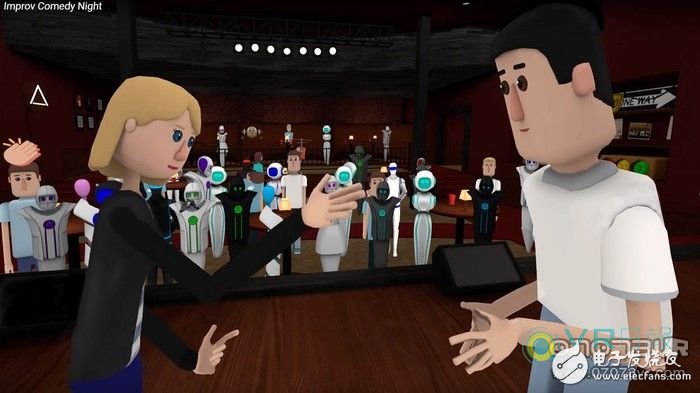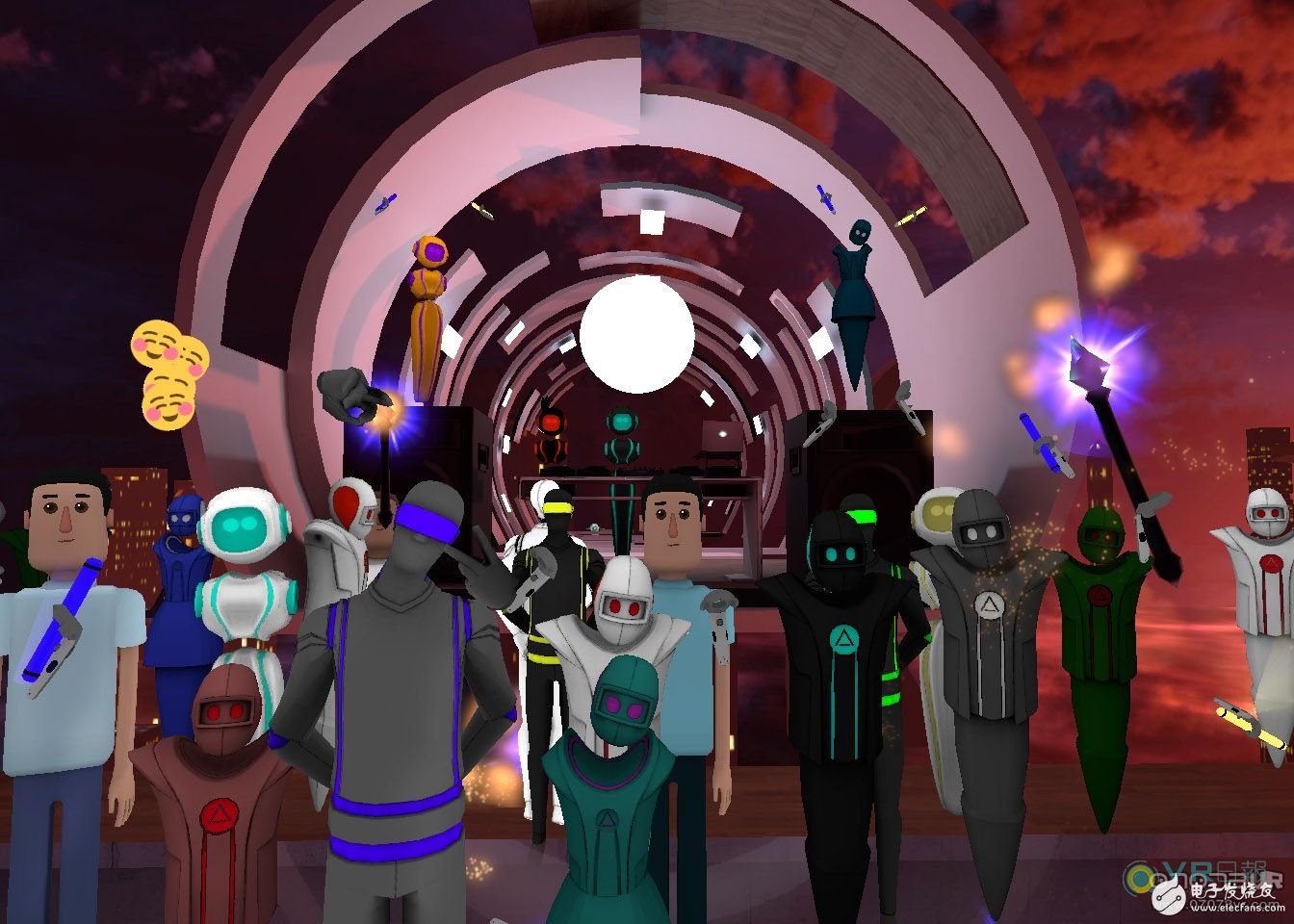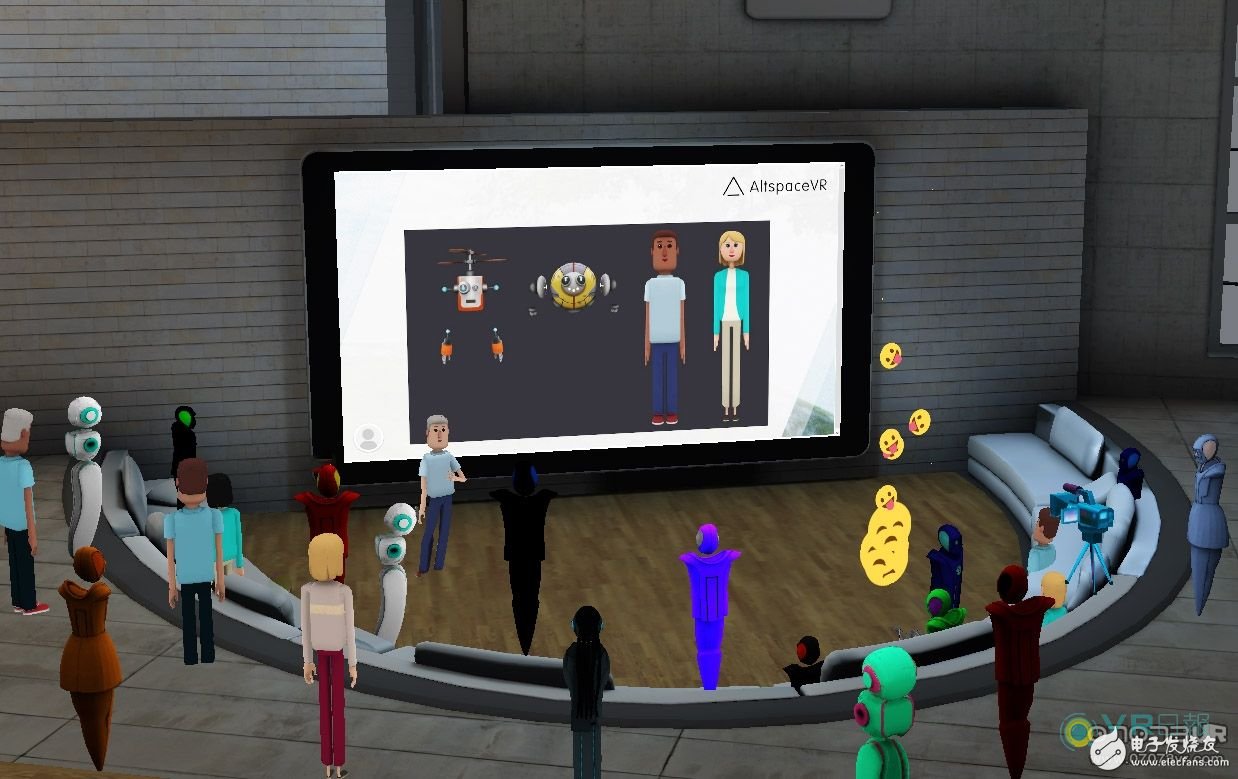Virtual reality has proven itself to be a "versatile" technology. In addition to the most well-known and obvious application of games, virtual reality is also used in real estate, virtual travel, and adult entertainment. Of course, whether it's a simple virtual office or a space game, the whole point of VR is to immerse yourself in a detailed alternative universe. But what about the “people†living in these worlds? What do you want to be in the virtual world? Learn some of the research trying to understand what impact these virtual avatars have, including for us. Psychological experience and our brains.

Our facial recognition capabilities are impressive. Our facial recognition processing is different from any other object, which is supported by EEG, magnetoencephalography and functional magnetic resonance imaging research. Facial recognition is a quick process: we recognize the face in the visual cortex, which takes about 200 milliseconds to render. In VR, we will go through a similar process. The difference is that when a avatar looks like us, our voltage adjustment will be different during the EEG scan. In other words, the brain seems to internalize and identify our virtual avatars in different ways, which can have a huge impact on how VR is designed and how we respond. One researcher said that research in this area could have "many impacts" on the future of virtual reality. Mar Gonzalez Franco, a Microsoft researcher who specializes in virtual avatars, said: "Big companies are investing in such technologies as Facebook, Google, HTC and Amazon. But (virtual avatars) are now on the market, we need to take into account the appearance of the avatar In fact, you can change the brain mechanisms involved and ultimately affect human behavior."

This will have a multifaceted impact. For example, in one study, when a avatar was similar to Freud (a famous psychologist who died), it was better for the experimenter to use self-administered therapy. Mel Slater, a professor of virtual environments at the University of Barcelona, ​​said: “People are presented in a virtual avatar that represents themselves through 3D scanning. Then they explain their personal problems to a virtual character representing Freud.†“They Then I switch to Freud, seeing and hearing my virtual body telling Freud about the problem, and Freud will give the answer. Then they go back to their bodies and hear Freud give The answer. So they had a conversation with themselves. Under the control of the research, the experimenter will appear as another virtual body, not as Freud. “We found that when they acted as their self-counselors as Freud, instead of using them as another role, people can achieve better emotional state.
"The way we look at one person can also have an impact," Gonzalez Franco explained. "For treatment, the use of Freud's avatar may be more effective than another avatar. Because we have a preconceived idea (Psychology Master) for Freud. Similarly, a 2014 study found that experimenters who were afraid of public speaking found that when their virtual body does not present their face, the fear is reduced. This technique can not only help improve the treatment, but also promote A multi-traditional VR entertainment experience. Gonzalez Franco said: "So far, most of the entertainment industry has provided a 'canned' experience. A movie will suit the paradigm of all audiences. But in the future, the degree of personalization of the experience will be higher, not only by introducing branch lines, but also by changing the appearance of the characters. He pointed out that the use of personalized virtual avatars can change the way people react to movies emotionally, and it can even popularize this form of entertainment. For example, people of color or people with disabilities will have a unique and representative perspective (virtual Incarnation) to watch movies. VR is also increasingly aware of the impact of virtualization on the experience. Eric Romo, executive director of AltspaceVR, said the company is "designing personalized avatars to provide the most natural way to communicate." Point out that the appearance of the avatar is "just a puzzle piece of the puzzle." "When we are together, much of the communication is non-verbal. For example, eye contact, gestures, and body language help us connect with each other, express ourselves and add meaning. As technology advances, we will make virtual avatars have deeper nonverbal communication. We strive to provide the essence of interaction while minimizing incorrect or misinterpreted behavior. â€

Romos said that Altspace's design philosophy is "not to show what you don't understand," a theory based on Stanford's virtual human-computer interaction lab. In practice this means that the VR avatar only shows the behavior that we can measure directly. "For example, we don't have a direct way to measure expressions, so we won't try to infer a smile or frown based on another behavior." Romo said, "If the user has Leap MoTIon or Microsoft Kinect, we will show the hand. But We won't show the arm unless we have a way to measure the position and movement of the arm, for example using the PercepTIon Neuron motion capture system.†Slater and Gonzalez also warned that designers should consider the avatar before designing the VR experience. Impact.
Gonzalez pointed out: "As movies can have a very strong and lasting impact on your thinking and behavior, virtual reality is the same. In addition, the virtual experience will be even stronger." As for the future, researchers and technology companies hope to expand VR. The ability to improve the experience. AltspaceVR is developing technologies that "perceive body movements, eye tracking and facial expressions", and Slater points out that haptic feedback will become more and more important for a more cohesive and immersive experience. Romo said: "More perception and data will allow designers to better design virtual avatars and make communication more natural." "If we have more ways to track reaction-related behavior, our virtual avatars can Better serve as a medium for natural expression in VR and promote connections between humans."
Counting Module developed for self-service
Communication with deposit system via RS232
Multiple data check to ensure reliable and safe data exchange
Safe and Reliable platform with different sensors to monitor fraud activity
Complete protocal for integration
Software upgrade by USB or RS232
banknote deposit module
Suzhou Ribao Technology Co. Ltd. , https://www.ribaoeurope.com